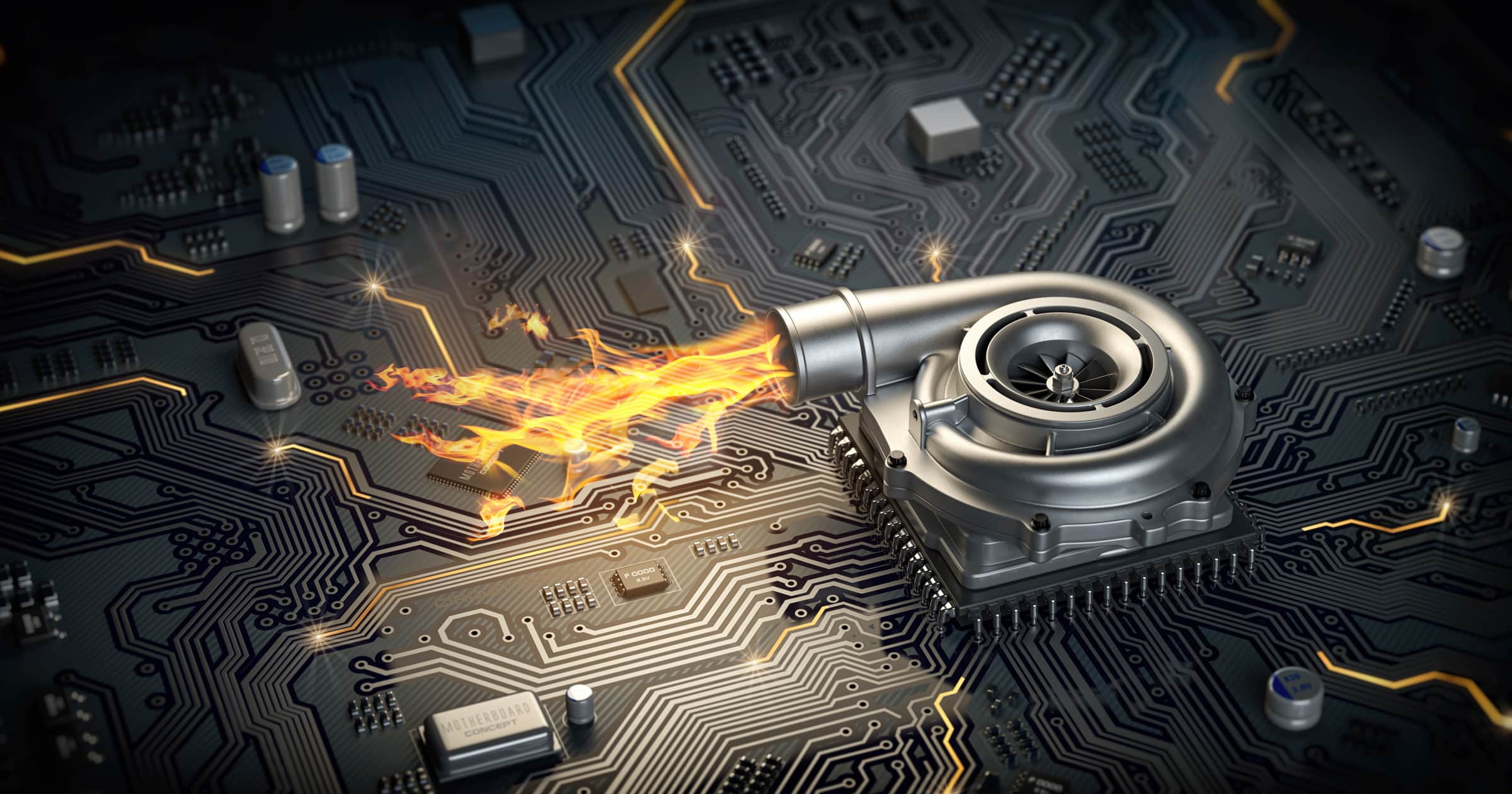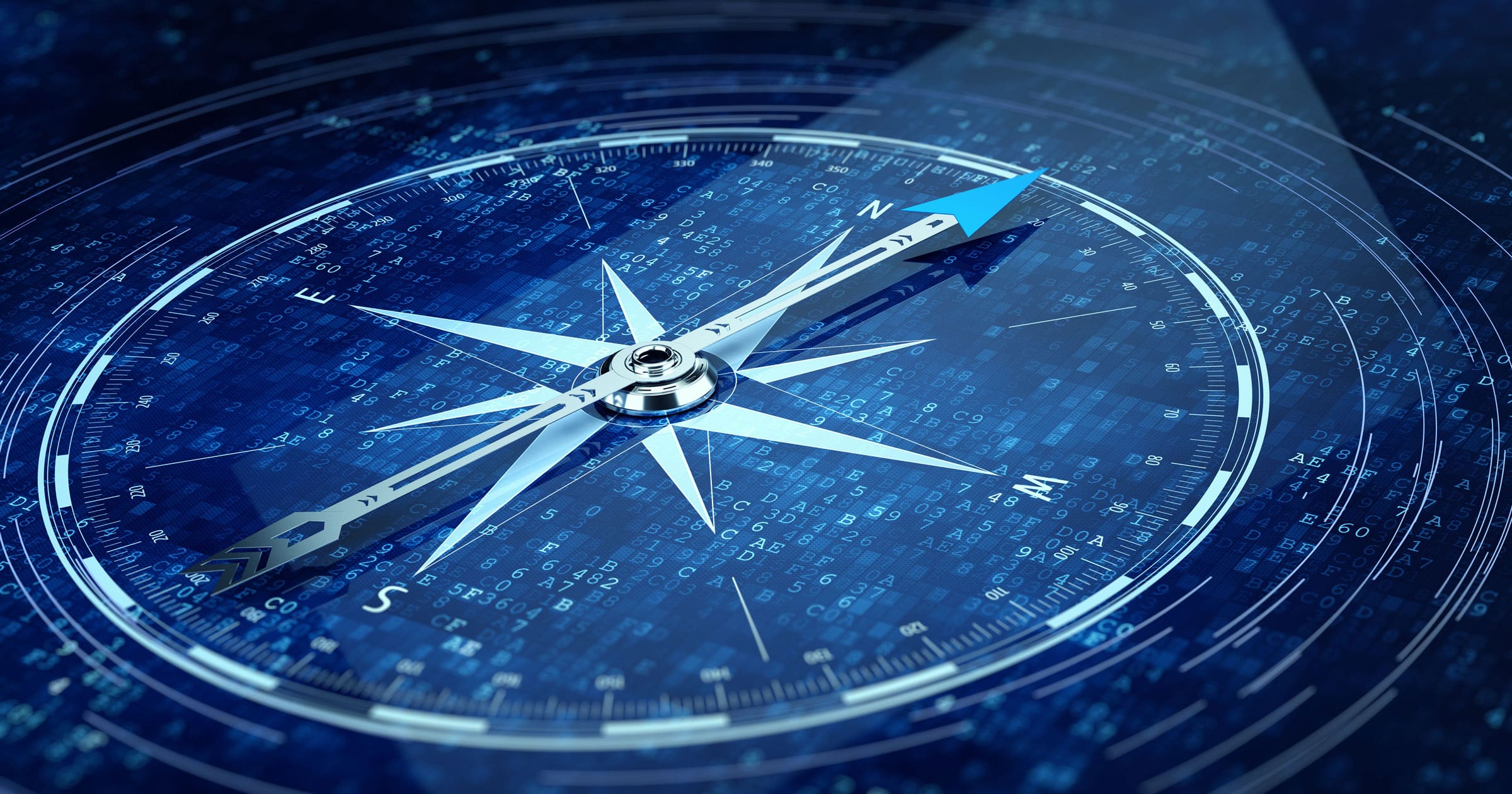When Your Phone Outpaces Your Desktop: The Corporate Tech Gap
Is your computer older than your phone? This seemingly innocuous question sheds light on a profound issue many businesses face. In a world where technological advancements occur at an unprecedented pace, the technology we use in our professional lives often falls behind what we enjoy personally. This disparity between our personal tech sophistication and workplace technology’s outdated nature doesn’t just represent a convenience gap—it significantly impacts how businesses operate, affects employee morale, and, crucially, shapes the customer experience (CX). The reliance on outdated technology can trigger a domino effect of inefficiencies, leading to decreased employee productivity, increased frustration, and a diminished customer experience.
The Impact of Outdated Technology on Productivity and CX
The burden of using outdated technology in the business environment is far-reaching, affecting operational efficiency and customer satisfaction. The link between technological efficiency and employee productivity is clear, underscored by startling statistics:
Decreased Employee Productivity
Research shows that slow computers can cost employees up to 5.5 days a year in lost productivity. Such technological lags hinder prompt customer service and efficient workload management, directly impacting the quality of customer interactions.
Increased Frustration and Burnout
About 50% of employees view their workplace technology as outdated, contributing to dissatisfaction and potentially higher turnover rates, which adversely affect customer service quality and continuity.
Compromised Customer Service
The ripple effects of outdated technology significantly compromise customer service, evidenced by:
Longer Wait Times for Customers:
In the current era, customers expect swift service. Delays caused by outdated systems in processing information or completing transactions can lead to customer dissatisfaction and attrition.
Poor Service Quality
Constraints imposed by inefficient systems limit employees' ability to deliver high-quality, personalized service, potentially damaging the brand's reputation and customer loyalty
The Financial and Competitive Costs
The implications of clinging to outdated technology extend to financial and competitive dimensions:
Increased Operational Costs
The cost of maintaining and repairing older systems often exceeds the investment in newer technology. Furthermore, outdated systems usually have lower energy efficiency, leading to higher utility bills.
Lost Revenue Opportunities
Inability to meet customer expectations due to technological inadequacies can lead to decreased repeat business and referrals, negatively affecting revenue.
Modernizing for Success
To navigate forward, embracing modern technological solutions is critical for revitalizing business operations and enhancing customer experiences:
Investing in Speed and Efficiency
Upgrading to newer, more reliable systems can significantly enhance employee productivity and customer satisfaction. These systems facilitate faster data processing, improved communication, and smoother transactions.
Leveraging Cloud Solutions
Cloud computing offers scalable and flexible solutions, accommodating growth and adapting to changing business needs and customer expectations.
Focusing on Security and Compliance
Modern security protocols ensure the protection of business and customer data, fostering trust and compliance with regulatory requirements.
To effectively navigate the complexities of modernizing your business technology and maximizing your customer experience, leaning on the experts at Nerds That Care can provide a strategic advantage. Their expertise in cutting-edge IT solutions can guide your transition from outdated systems to a more efficient, secure, and customer-focused technological infrastructure.
The Cost of Inaction
While the investment in updated technology might seem daunting, the cost of maintaining outdated systems is far greater. Beyond the immediate financial implications, it includes diminished customer loyalty, tarnished brand reputation, and lost competitive advantage. The businesses that choose to invest in modern IT solutions are not just avoiding these costs; they are setting themselves up for success in a customer-centric future.
In conclusion, the impact of outdated technology on customer experience is both deep and wide-ranging. By embracing modern IT solutions, businesses can transform this challenge into an opportunity—improving operational efficiency, securing customer data, and, most importantly, enhancing the overall customer journey.











